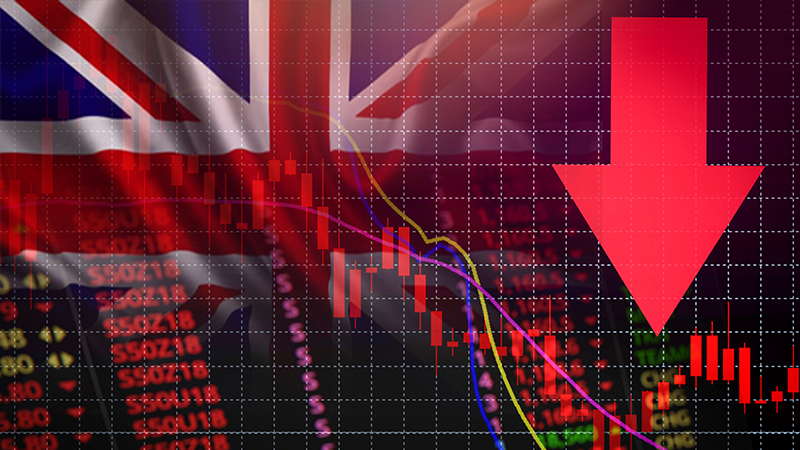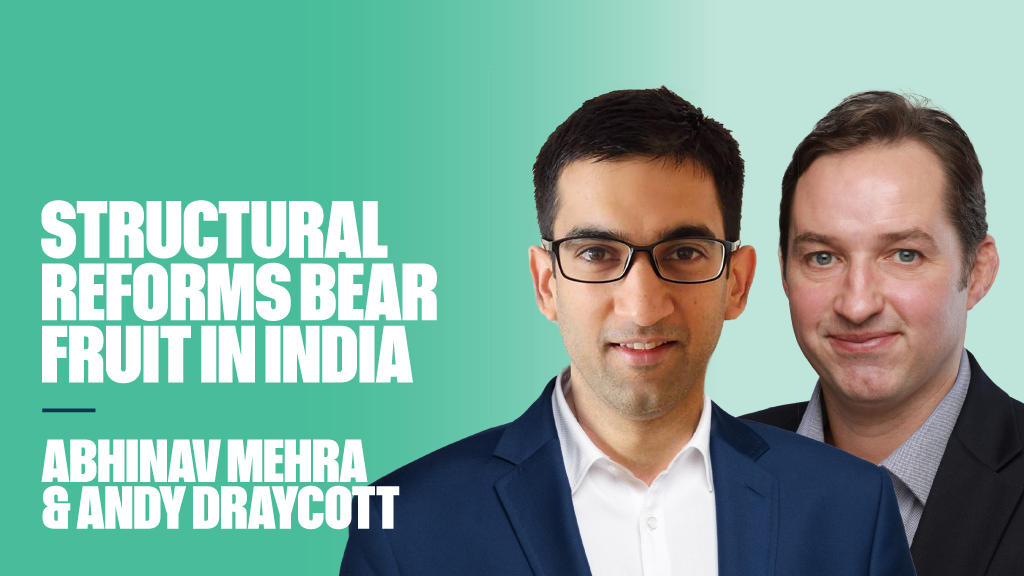According to the latest data from Trustee MPI, low-risk portfolios produced an average return of 0.7% in the first quarter of 2014, compared with an average return of 4.6% in the first three months of 2013.
From an allocation point of view, as one would expect given the low-risk criteria, the bulk of the funds remain in equities and fixed income, though there has been a slight shift out of fixed income into equities and alternatives during the 12 months.
Global experts
This is to be expected if one assumes the global economy is on its way to recovery. As Heartwood Investment
Management’s Michael Stanes, points out: “For there to have been a big shift in allocations, there would have to have been a different view of the outlook for economic growth.”
According to Stanes, the global economy is continuing to improve, albeit slowly, and central banks should continue to remain supportive.
In its low-risk portfolios, Heartwood has been looking at emerging markets again, as well as certain areas of Eastern Europe, but with a focus more on equities than debt. Stanes says the group has also recently been looking at certain commodities within the base and precious metals space.
But, he adds, given the search for yield is a little tougher at the moment than it once was: “we would rather hold back some of our ammunition to take advantage of opportunities to generate yield that may arise”.
Indeed, the search for yield was a recurring theme among the managers interviewed.
David Cavaye, chief investment officer at Hoare & Co, says it is possible we will see interest rates remain lower than has been historically the case, meaning managers may end up having to up their equity allocations.
Equity drive
Within the equity space, he is currently also looking closely at Europe – he is overweight the region – and is a little underweight the US.
But, he adds, because the recovery is a little further behind in Europe than elsewhere, there is more recovery potential in the industrial sector and in European oil and gas than in the consumer staples.
He says: “Last year everything was moving in tandem. This year, markets are reaching for valuations. And, in this type of market, a more cyclical, value-based style is more appropriate.”
European Wealth’s investment strategist Richard Stammers agrees markets are reaching at the moment. He says: “We have had two years of not great economic news but very good performance. Companies now have to start delivering.
“We are making sure we aren’t in companies where earnings don’t come through.”
Going large
To this end, Stammers has also been moving out of small and mid-cap UK equities, and has taken about 30% out of those sectors and moved them into large caps.
“In recent quarters we have been very pro-cyclical, but we are now looking to dial that cyclical bias back somewhat as the business cycle moves into the growth phase.” While he says it is not yet a strong move, it is definitely a trend.
“We are also great fans of using exchange-traded funds, but active managers are really beginning to add value. It’s the beginning of a progressive move,” he says.
On the fixed income side, Stammers says European Wealth is staying well away from gilts, and looking instead at corporate bonds.
“It is not possible to describe gilts as low risk at the moment, because of what would happen if there is any sort of move in rates.”
But, he adds, in a bid to get some extra fixed interest-like exposure, he has been looking at commercial property: with two-thirds of this in UK commercial property and the bulk of the rest of it in the US and also in high-dividend paying stocks. l
Low risk: risk averse, short-term investors; investment horizon of <3yrs; vol <6% ; max drawdown 10%











